Understanding the Mulch Industry and Costs Associated
Mulch is a foundational element in gardening, landscaping, and agriculture, valued for its ability to retain moisture, suppress weeds, and improve soil health. As the demand for effective and sustainable ground coverings grows, the mulch industry has expanded into a multi-billion-dollar sector with a wide range of products and suppliers. However, behind the simplicity of mulch lies a complex web of production methods, material choices, and cost factors that influence both price and performance. This article explores the structure of the mulch industry and the various costs associated with its products to help consumers make informed decisions.
Definition and Types of Mulch
Mulch refers to a layer of material applied on the surface of soil for various purposes, including moisture conservation, insulation, weed control, and aesthetic enhancement. There are several types of mulch, primarily categorized as organic and inorganic. Organic mulches include straw, wood chips, grass clippings, and leaves, which decompose over time and enrich the soil. Inorganic mulches, like plastic sheeting, rocks, and rubber, do not break down and are often used for decorative purposes or where soil enrichment is not desired. The choice between organic and inorganic mulch depends on the specific needs of the garden or landscape.
Key Benefits of Mulch
Mulch offers numerous benefits that extend beyond mere aesthetics. One of the primary advantages is moisture retention, as mulch helps to reduce water evaporation from the soil, ensuring that plants receive consistent hydration. Additionally, mulch provides temperature moderation, protecting plant roots from extreme heat and cold. The decomposition of organic mulch can enhance soil fertility by adding nutrients and promoting beneficial microbial activity. Furthermore, mulch is an effective barrier against weeds, reducing the need for chemical herbicides and manual weeding labor.
Multifunctional Role and Market Value
Mulch serves multiple functions, such as moisture retention, weed suppression, and enhancing soil fertility, making it a staple in gardening and large-scale agricultural operations. The mulch industry encompasses numerous materials and processes, contributing to a wide range of products available in the market. Despite its functionality, mulch can represent a substantial investment for consumers and businesses. According to the New York Times, Americans buy about $1 billion of mulch and soil amendments every year, underscoring the economic scale and significance of the industry.
Historical Evolution and Modern Advancements
The usage of mulch can be traced back to ancient agricultural practices where it served as a natural solution for soil preservation and fertility enhancement. Historical records indicate that different civilizations utilized available organic materials to nourish and protect their crops. As agricultural techniques evolved, so did mulch, with traditional materials giving way to modern innovations like synthetic mulches. The 20th century saw significant developments, especially with the introduction of plastic mulch and its widespread adoption in commercial agriculture. Today's mulch industry reflects centuries of evolution, balancing traditional methods with cutting-edge technologies.
Materials Used in Mulch Production
Mulch production draws on a wide array of materials, each with its unique properties and applications. Organic materials like bark, leaves, and compost are favored for gardens seeking soil improvement and environmental sustainability. Wood chips and shredded hardwood are popular for ornamental gardens due to their longer decomposition time and aesthetic appeal. Among inorganic materials, gravel and stone pebbles are often used for decorative purposes and require minimal maintenance. As consumers become more environmentally conscious, there is a growing interest in sustainable and recycled materials, prompting innovation in mulch production.
Trends Driving Growth in the Global Mulch Market
The global mulch market is experiencing significant growth driven by increased landscaping activities, sustainable gardening practices, and agricultural demands. Urbanization and the rise of residential and commercial landscaping projects spur greater demand for organic and synthetic mulch. Consumer preferences are shifting toward eco-friendly and sustainable products, influencing market trends in favor of natural, biodegradable materials. Technological advancements in mulch production and application techniques also contribute to market expansion. Analysts predict continued growth, with emerging markets and innovations presenting new opportunities.
Regulatory and Environmental Considerations in Mulch Production
The mulch industry is subject to various regulatory and environmental considerations, particularly around sustainability and material sourcing. Regulations may govern the use of recycled materials, chemical additives, and waste management in mulch production. Environmental sustainability is a growing focus, with companies incorporating eco-friendly practices and earning certifications such as organic or recycled product labels. Compliance with regulatory standards is essential for market access and consumer trust. As the industry expands, maintaining a balance between market demands and environmental stewardship becomes increasingly essential.
Impact of Raw Material Costs
The cost of raw materials significantly impacts mulch pricing, as fluctuations in supply and demand affect availability and production costs. Natural materials like wood chips or bark can become scarce due to ecological limitations or changes in forestry practices, leading to price increases. Synthetic materials, reliant on petrochemical inputs, are subject to volatility in the global oil market. Recycling initiatives can mitigate raw material costs by repurposing waste products into mulch. Balancing raw material costs with consumer expectations is an ongoing challenge for producers.
Transportation and Distribution Challenges
Transportation and distribution are pivotal in the mulch industry, particularly given the product's bulk and weight. Transportation costs can vary widely based on fuel prices, logistical challenges, and distribution network efficiency. Proximity to raw material sources and end markets can mitigate some transportation expenses by reducing travel distances. Companies strive to optimize distribution networks, leveraging technology and logistics expertise to lower costs and improve service delivery. These efforts contribute to competitive pricing and consumer accessibility across regions.
Seasonal Demand and Supply Fluctuations
Seasonal variations are crucial in mulch supply and demand dynamics, influencing availability and pricing. The gardening and landscaping season peaks during spring and summer, leading to heightened demand and potential supply constraints. Manufacturers and retailers must plan inventory and production schedules accordingly to minimize shortages or overstocking. Weather conditions, such as droughts or heavy rains, also impact the growing season and, subsequently, the demand for mulch. Effective management of seasonal fluctuations is essential for maintaining stable pricing and meeting consumer needs.
Fuel Prices and Their Influence
Fuel prices directly affect transportation and production costs within the mulch industry, given the energy-intensive nature of these operations. Rising fuel costs translate into increased expenses for transporting raw materials and finished products, potentially impacting profitability. Companies may respond by optimizing logistics or exploring alternative energy sources to mitigate fuel dependency. As the market adjusts to fuel price changes, these costs often ripple through the supply chain, influencing retail prices. Consumer sensitivity to price fluctuations underscores the importance of efficient cost management strategies in maintaining competitive pricing.
Best Practices for Proper Application
Proper mulch application maximizes moisture conservation, weed control, and soil health benefits. A key practice is applying mulch at an appropriate depth to balance effectiveness without suffocating plant roots. Mulch should be placed evenly across the intended area, avoiding excessive heaps around plant bases to prevent rot or disease. Periodic replenishment and gentle turning maintain optimal mulching conditions, promoting decomposition and nutrient integration. Awareness of seasonal variations informs timely application and replacement schedules for sustained benefits.
The mulch industry is vital in modern landscaping and agriculture, offering both functional and economic value. From organic to synthetic options, mulch materials vary widely in cost, performance, and environmental impact. Understanding the factors that influence pricing, such as raw materials, production, transportation, and seasonality, helps consumers and businesses make informed purchasing decisions. Contact Red Bark Inc for quality mulching materials to help keep your lawn looking fantastic.



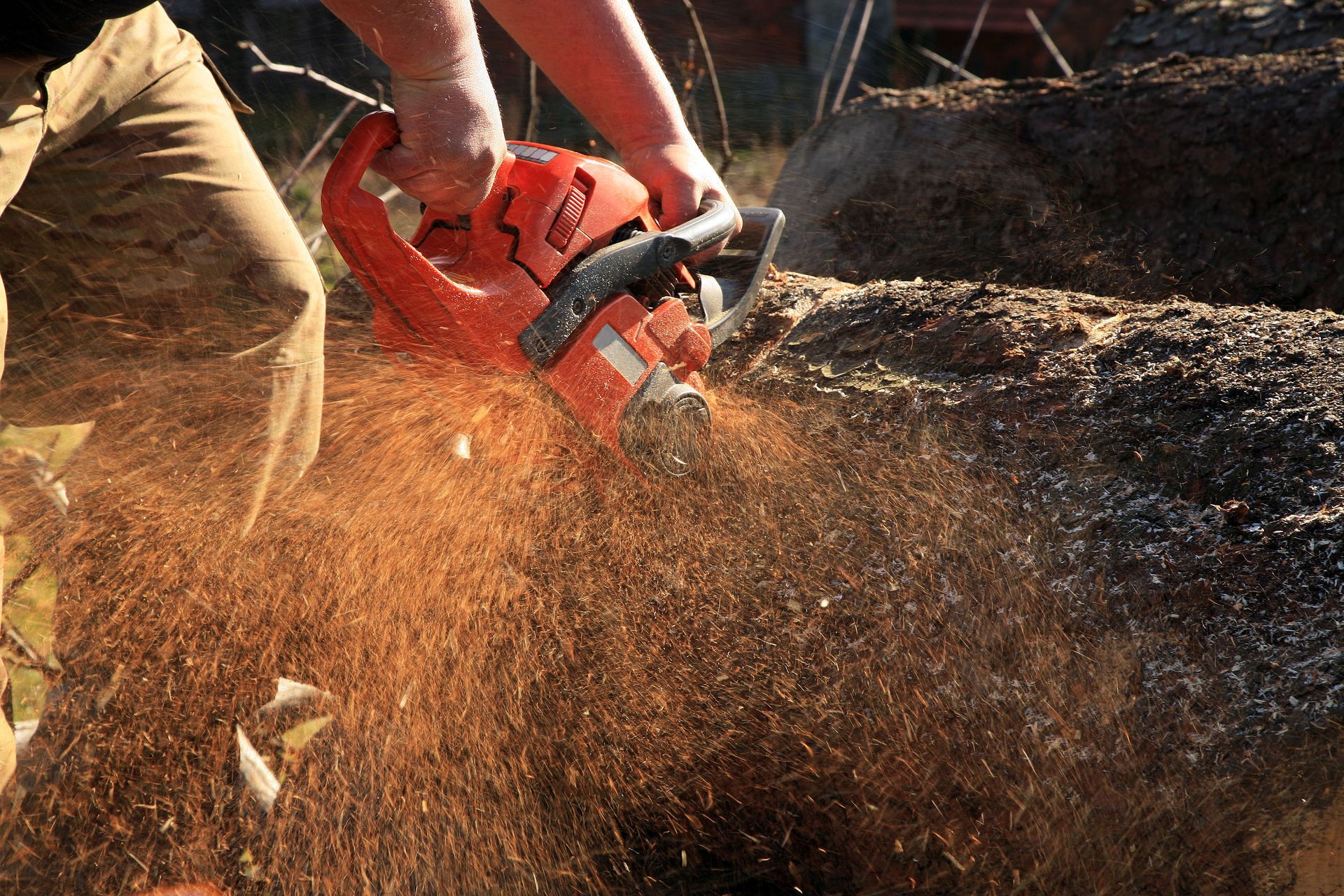


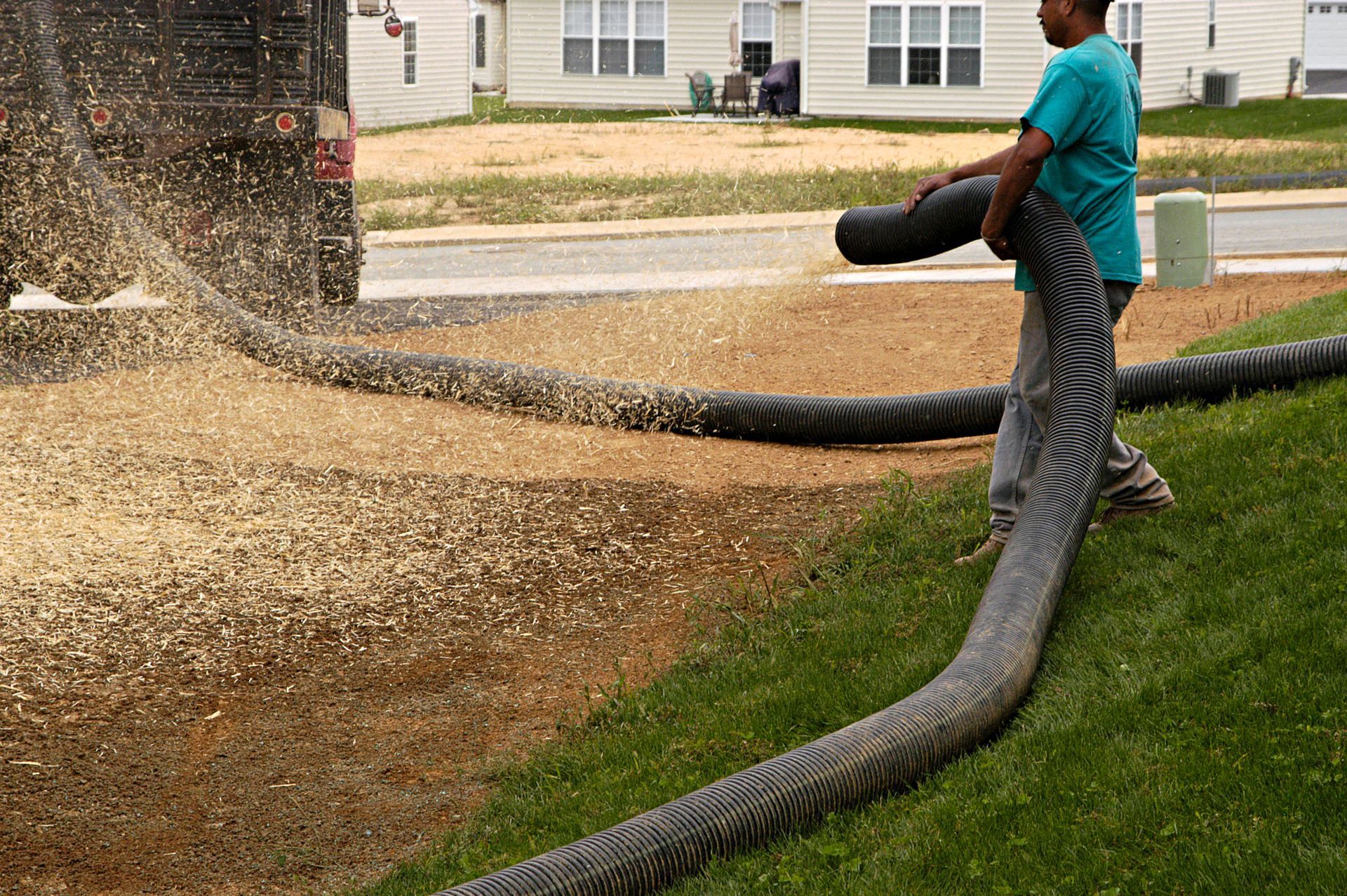
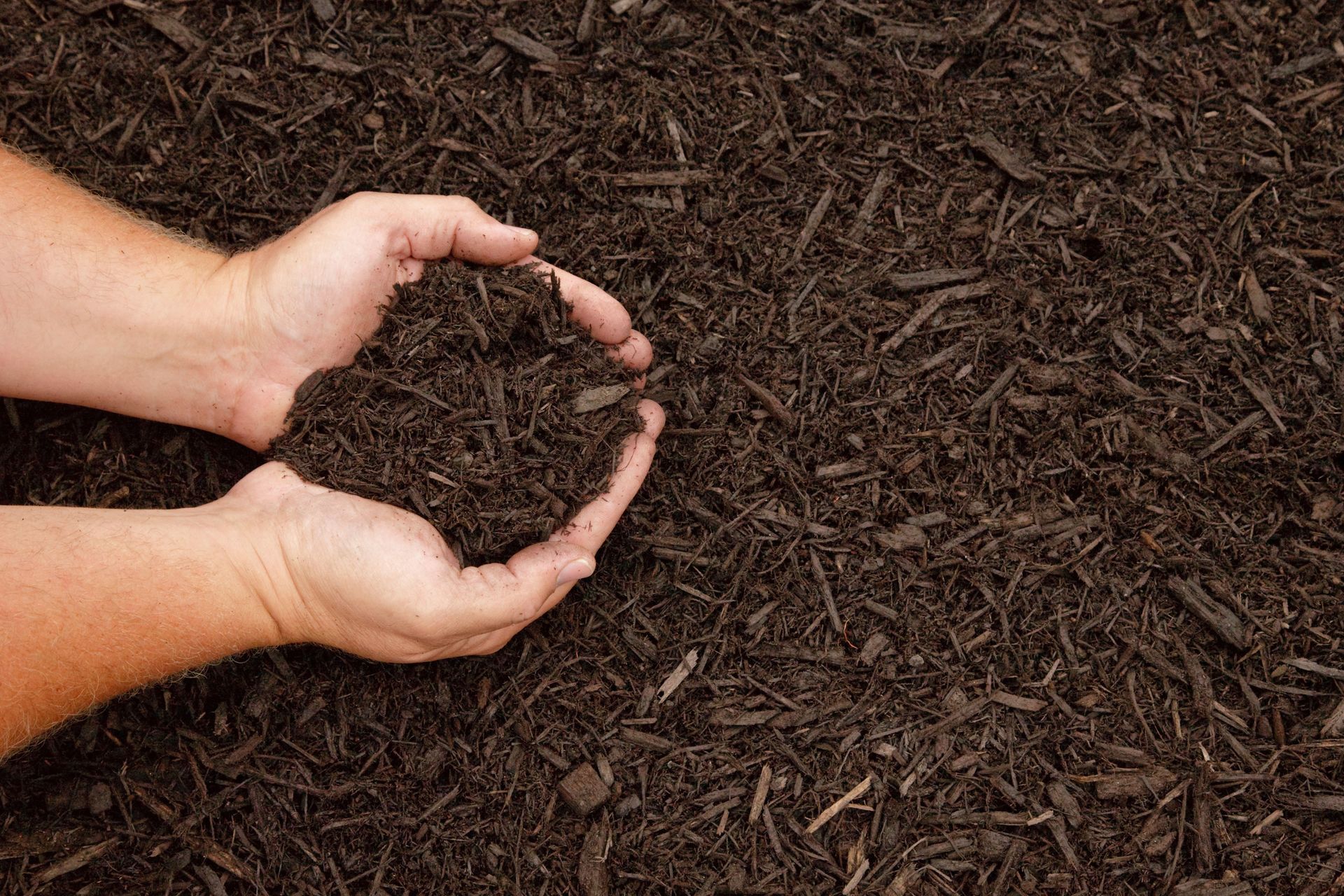

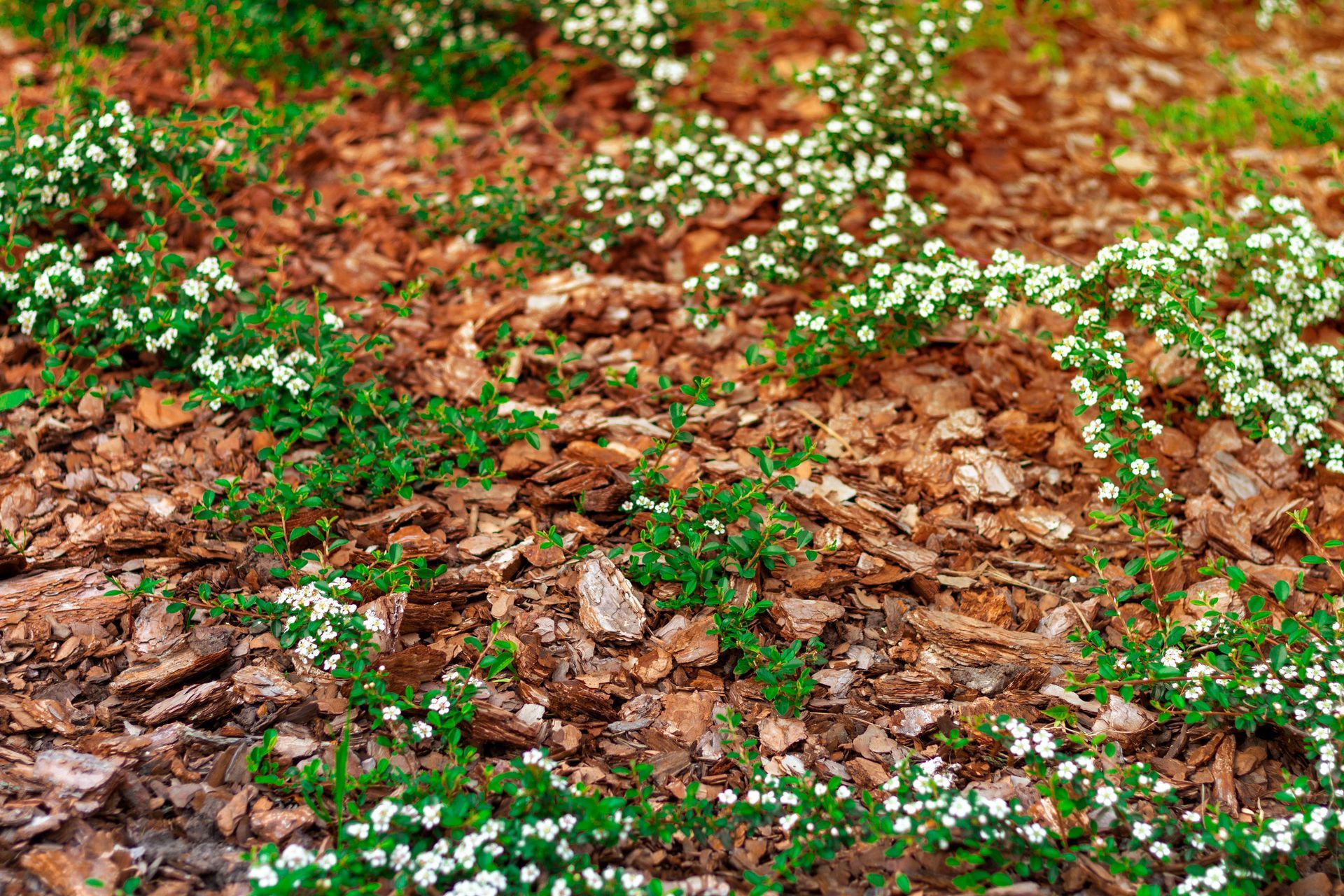
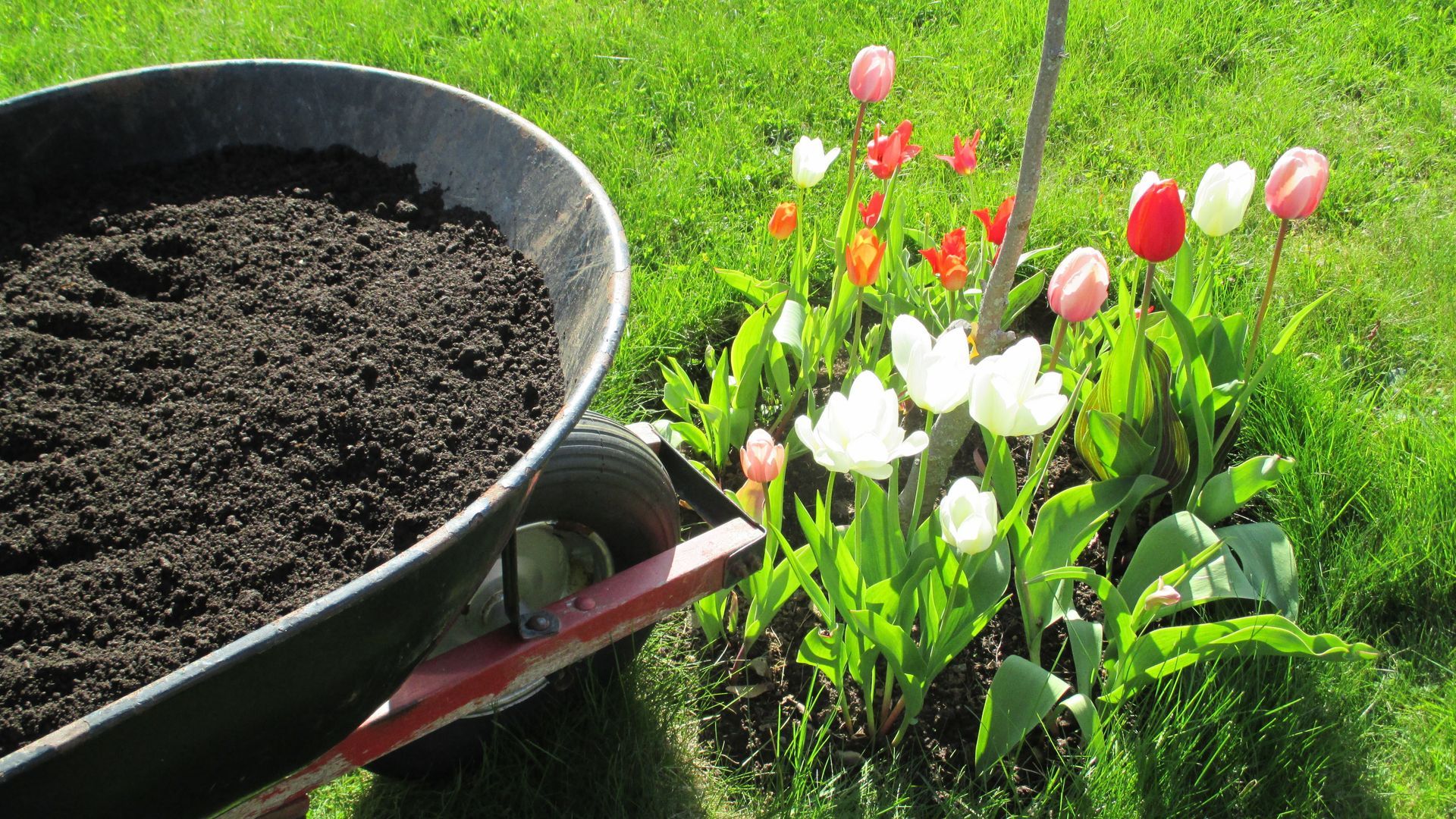
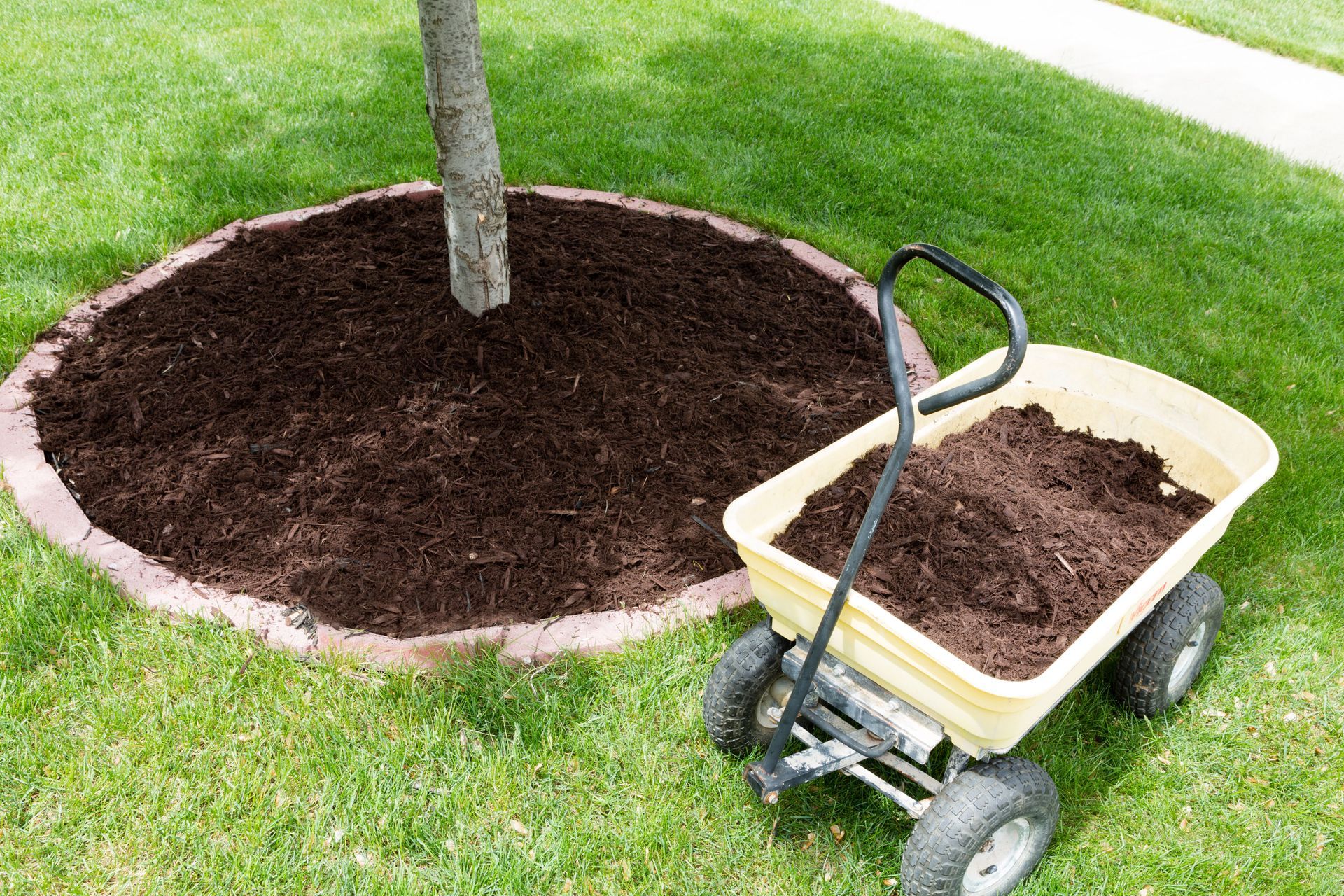
Share On: